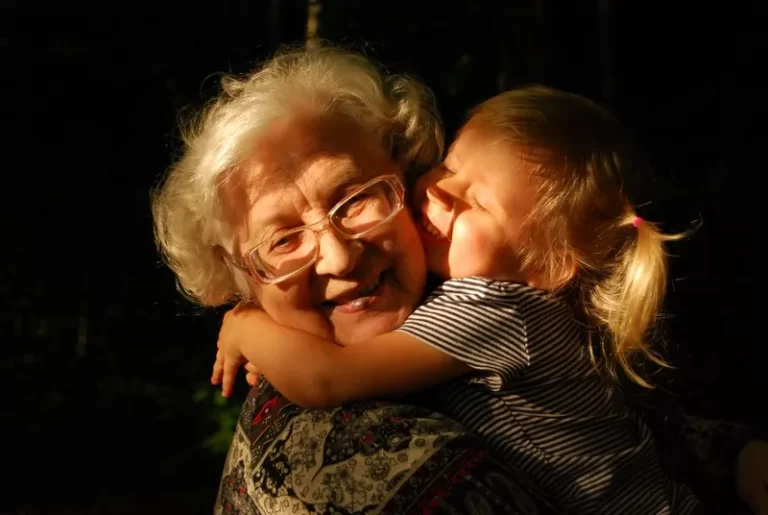Table of Contents
- Evolution of Family Relationships
- Factors Driving Changes in Family Relationships
- Implications of Changing Family Relationships
- Conclusion
Family relationships have undergone significant transformations over the past century, reflecting broader changes in society, culture, and economics. The traditional family structure, often characterized by clearly defined roles and hierarchies, has evolved to encompass a variety of forms and dynamics. For A-level sociology students, understanding the factors that contribute to these changing relationships within families is crucial for analyzing the complexities of contemporary family life. This article will explore the evolution of family relationships, the factors driving these changes, and the implications for individuals and society, with a particular focus on the UK context.
Evolution of Family Relationships
The concept of the family has historically been centered around a hierarchical structure, with a clear division of roles based on gender, age, and authority. In traditional families, the father was typically the head of the household, responsible for providing financially and making major decisions, while the mother was primarily responsible for child-rearing and managing the home. Children were expected to obey their parents and conform to the family’s norms and expectations.
However, this traditional model has been challenged and transformed over the past several decades. The rise of feminism, changes in gender roles, shifts in economic structures, and the increasing importance of individualism have all contributed to the redefinition of family relationships. Today, families are more diverse in structure and more fluid in their internal dynamics, reflecting the broader societal shifts towards equality, autonomy, and personal fulfillment.
In contemporary UK society, family relationships are characterized by greater egalitarianism and negotiation. The traditional gender roles that once defined family life have become more flexible, with both men and women participating in paid work, domestic duties, and parenting. The authority of parents, particularly fathers, has also become less rigid, with many families adopting more democratic approaches to decision-making and child-rearing. These changes reflect a broader trend towards recognizing the rights and autonomy of all family members, regardless of their age or gender.
Factors Driving Changes in Family Relationships
Several key factors have contributed to the changing relationships within families, including economic changes, shifts in social norms, technological advancements, and the impact of social policies. Understanding these factors is essential for analyzing how and why family dynamics have evolved over time.
Economic Changes
One of the most significant drivers of change in family relationships has been the transformation of the economy. The move from an industrial to a post-industrial economy has had profound effects on family life, particularly in terms of gender roles and the division of labor. In the past, the male breadwinner model was the norm, with men working outside the home and women managing the household. However, the rise of the service economy, coupled with the increasing participation of women in the workforce, has led to a more equal distribution of economic responsibilities within families.
In the UK, dual-income households have become increasingly common, with both partners contributing to the family’s financial well-being. This shift has challenged traditional gender roles and led to a more egalitarian approach to family life, where both men and women share in the responsibilities of earning income, managing the home, and raising children. Economic pressures, such as the rising cost of living and housing, have also influenced family relationships, as couples must navigate the challenges of balancing work and family life.
Shifts in Social Norms
Social norms around family life and relationships have also shifted significantly over the past several decades. The rise of individualism and the emphasis on personal fulfillment have led to changes in how people view marriage, parenting, and family roles. In the past, marriage was often seen as a lifelong commitment, with clearly defined roles for husbands and wives. However, contemporary society places greater value on personal happiness and fulfillment, leading to more flexible and diverse family structures.
For example, the rise of cohabitation and delayed marriage reflects changing attitudes towards traditional family forms. Many couples now choose to live together before or instead of getting married, and marriage itself is often postponed until later in life. These changes reflect a broader trend towards prioritizing personal goals, such as education and career, over traditional family roles. Additionally, there has been a growing acceptance of same-sex relationships and LGBTQ+ families, reflecting broader shifts towards inclusivity and equality.
Technological Advancements
Get the full article AD FREE. Join now for full access to all premium articles.
View Plans & Subscribe Already a member? Log in.





